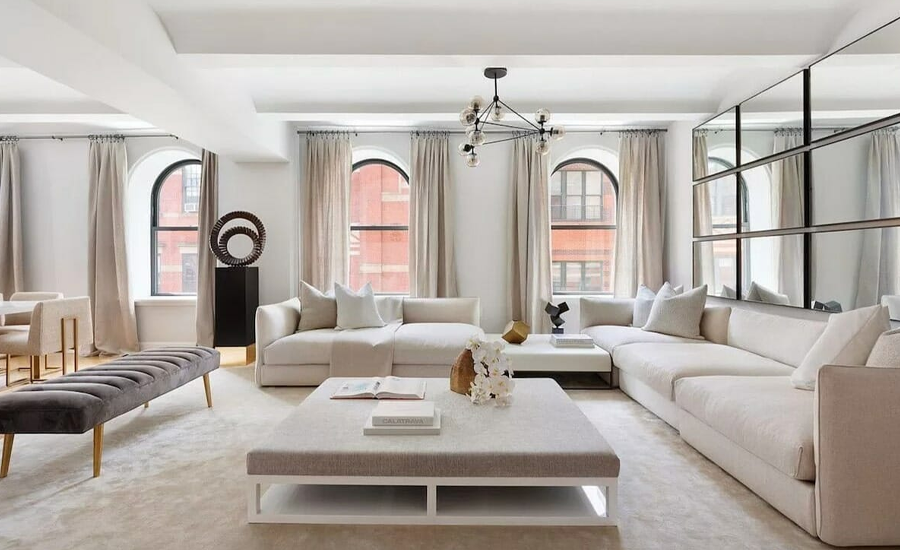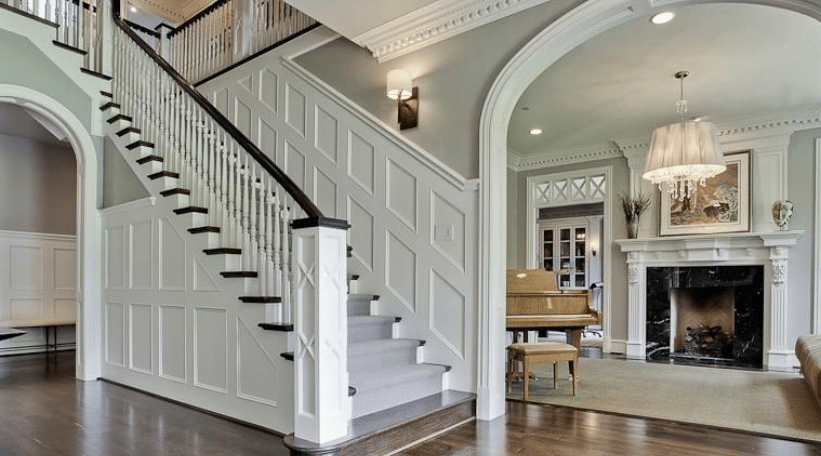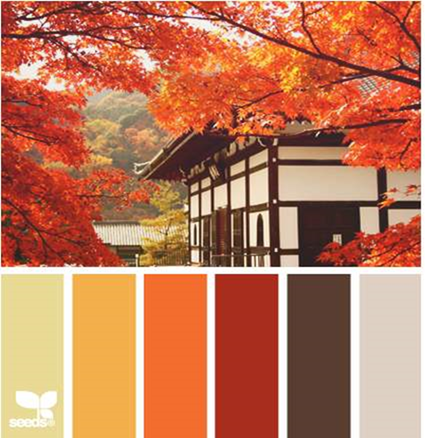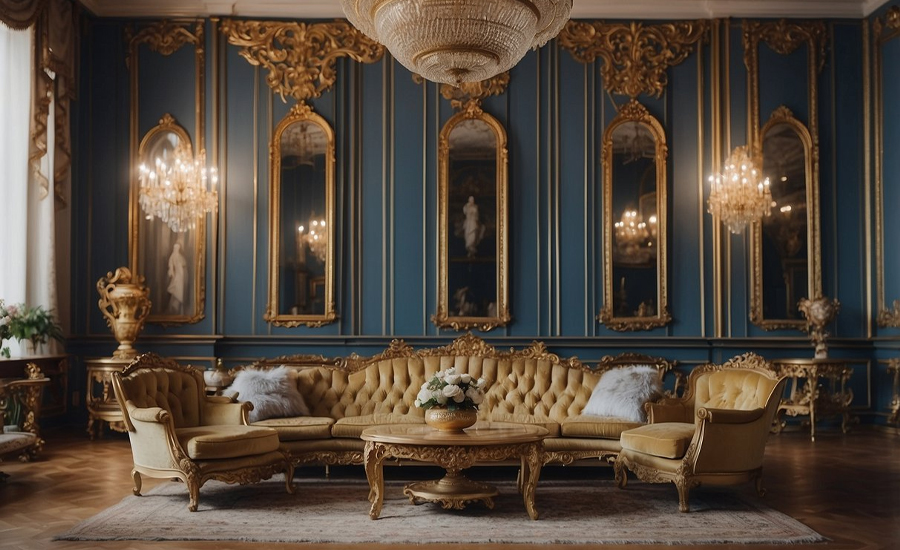Interior Decor Tips: How to Make Your Home Look Like a Designers Dream
Creating a space that exudes the elegance of professional design doesn’t require a hefty budget or formal training in interior design. With thoughtful planning and a few strategic choices, you can transform your home into a luxurious, cohesive haven that reflects both style and functionality. From selecting a harmonious color palette to incorporating textures, lighting, and personal touches, each step contributes to creating a space that feels intentionally curated. This guide offers actionable tips to help you achieve a designer-worthy home effortlessly, focusing on affordable, practical ideas that maximize impact while enhancing comfort, aesthetic appeal, and overall well-being.
Choose the Perfect Color Palette for Home
A well-planned color scheme sets the foundation for a designer look. Select a palette that reflects your personality while maintaining balance. Stick to 3-4 complementary colors: a primary shade for walls, a secondary hue for furniture, and accents for decor items. Neutral bases with bold accents work wonderfully. Experiment with textures like matte and glossy finishes for added depth. Keep in mind the lighting of your space, as it impacts color perception. For smaller rooms, lighter colors can make the space feel larger and airier. Balance is key—overloading with too many shades can disrupt the visual harmony.
Impact on People
- Mood Enhancement: A well-chosen palette can boost happiness and reduce stress.
- Improved Productivity: Calming tones can enhance focus in home offices.
- Aesthetic Appeal: Visitors are naturally drawn to harmonious spaces.
- Comfort: Consistent colors create a sense of familiarity and relaxation.
- Encourages Creativity: Artistic palettes inspire personal expression.
Focus on Furniture Arrangement
Furniture placement plays a crucial role in achieving a designer feel. Avoid pushing all your furniture against the walls; instead, create intimate groupings that encourage conversation. For living rooms, position sofas and chairs to frame a coffee table, ensuring a clear focal point. Invest in multi-functional pieces like ottomans or benches to maximize space efficiency. Use rugs to define zones within open-plan layouts. Keep pathways clear for easy movement. Think about proportion—oversized furniture can overwhelm smaller spaces, while undersized pieces may feel lost in a larger room. Experiment with arrangements to find the most visually appealing setup.
Impact on People
- Increases Energy: Bright, natural lighting uplifts mood and energy levels.
- Enhances Comfort: Dimmable lights create a cozy environment during evenings.
- Boosts productivity: Proper task lighting reduces eye strain.
- Improves Aesthetics: Lighting highlights design elements, enhancing the overall look.
- Encourages Health: Exposure to natural light regulates sleep patterns.
Layer of Textures and Materials
Designers often use texture to add depth and interest to a space. Combine different materials, such as wood, glass, and metal, to create a rich and dynamic atmosphere. Incorporate soft elements like plush rugs, velvet pillows, or knitted throws alongside harder surfaces like polished wood tables or ceramic accents. Layer window treatments with sheer and opaque curtains for versatility. Textured wallpapers or stone veneers can make a bold statement on accent walls. The interplay of textures can transform a flat design into a luxurious and inviting space while ensuring each element contributes to the overall theme.
Impact on People
- Promotes Organization: Functional pieces reduce clutter.
- Increases Comfort: Thoughtful layouts make spaces more inviting.
- Saves Money: Investing in quality furniture prevents frequent replacements.
- Improves Usability: Multi-purpose items cater to diverse household needs.
- Supports Well-Being: An organized space lowers anxiety and enhances peace.
Utilize Lighting Strategically
Lighting can make or break a room’s aesthetic. Use a mix of ambient, task, and accent lighting to create a warm and inviting ambiance. Statement chandeliers or pendant lights can serve as eye-catching focal points. Layer your lighting with floor lamps, table lamps, and wall sconces for flexibility. Dimmer switches allow you to adjust brightness based on mood or occasion. Highlight artwork or architectural features with spotlights. Natural light should also be maximized—keep window treatments light and breezy. Well-thought-out lighting not only enhances functionality but also elevates the overall design to professional standards.
Impact on People
- Enhances Comfort: Soft materials make spaces feel cozy and inviting.
- Stimulates Senses: Textural variety engages tactile and visual senses.
- Encourages Relaxation: Plush fabrics create a serene atmosphere.
- Boosts Aesthetic Appeal: Layers add sophistication and a designer touch.
- Inspires creativity: Diverse textures encourage innovative design ideas.
Accessorize Thoughtfully
Accessories are the finishing touches that bring a room to life. Opt for quality over quantity—few well-placed items create a curated look. Incorporate vases, books, or sculptures that reflect your style. Use mirrors strategically to amplify light and make spaces feel larger. Arrange items in odd-numbered groupings for visual appeal. Incorporate greenery with indoor plants or floral arrangements for a fresh and lively vibe. Swap out seasonal décor to keep things dynamic. Avoid clutter; every accessory should have a purpose and a place. These thoughtful details tie the entire room together like a designer’s vision.
Impact on People
- Creates Connection: Personal decor fosters a sense of belonging.
- Encourages Positivity: familiar items evoke happy memories.
- Builds: A personalized space reflects your identity and style.
- Promotes Engagement: Unique pieces spark conversations with guests.
- Enhances Emotional Well-Being: Personal elements bring joy and comfort
Choose the Right Statement Piece for Your Home
A statement piece can serve as the centerpiece of any room. This could be an oversized artwork, a bold area rug, or a unique piece of furniture like a sculptural chair. Choose something that speaks to your personality while anchoring the room’s design. Let it shine by surrounding it with neutral, understated elements. Avoid overdoing it—too many statement pieces can overwhelm the space. Use statement lighting or a dramatic wall treatment for added flair. By strategically placing a standout item, you elevate your room from ordinary to extraordinary, making it feel curated by a professional.
Impact on People
- Stimulates Creativity: Art inspires thought and imagination.
- Fosters Conversation: Statement pieces intrigue and engage guests.
- Enhances Mood: Uplifting art can brighten your day.
- Promotes Culture: Art reflects diverse experiences and perspectives.
- Adds Value: Quality art enhances a home’s overall worth.
FAQs
How can I choose the right color palette for my home?
Start with a neutral base and add complementary colors for accents. Consider the natural lighting in your space and use tools like color swatches or online visualizers.
What are the best ways to arrange furniture in a small room?
Choose multi-functional furniture, avoid overcrowding, and use rugs to define areas. Ensure clear walkways for movement and create a focal point.
How do I make a small room feel larger?
Use light colors, mirrors, and strategic lighting. Opt for furniture with exposed legs to create an illusion of openness, and declutter for a streamlined look.
What’s the easiest way to refresh a room on a budget?
Focus on swapping out small accessories like pillows, throws, and curtains. Adding indoor plants or rearranging furniture can also make a big impact.
What is the role of lighting in interior design?
Lighting enhances functionality and aesthetics. A mix of ambient, task, and accent lighting can create a layered effect, while dimmers add versatility.
Let me know if you’d like additional refinements or sections!
Conclusion
Designing your home to look like a professional’s masterpiece is a blend of creativity, thoughtful planning, and attention to detail. By focusing on color schemes, furniture arrangements, textures, lighting, and accessories, you can create a harmonious and stylish space. These tips are flexible enough to suit any home size or budget. Remember, your home should reflect your unique personality while maintaining a cohesive and inviting design. By incorporating these strategies, you’ll transform your home into a designer’s dream and an extension of your personal style.
Share this content:



